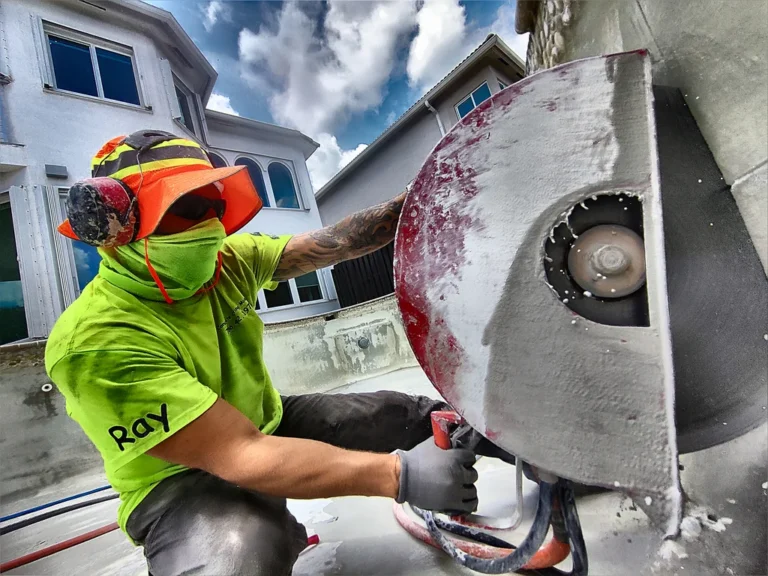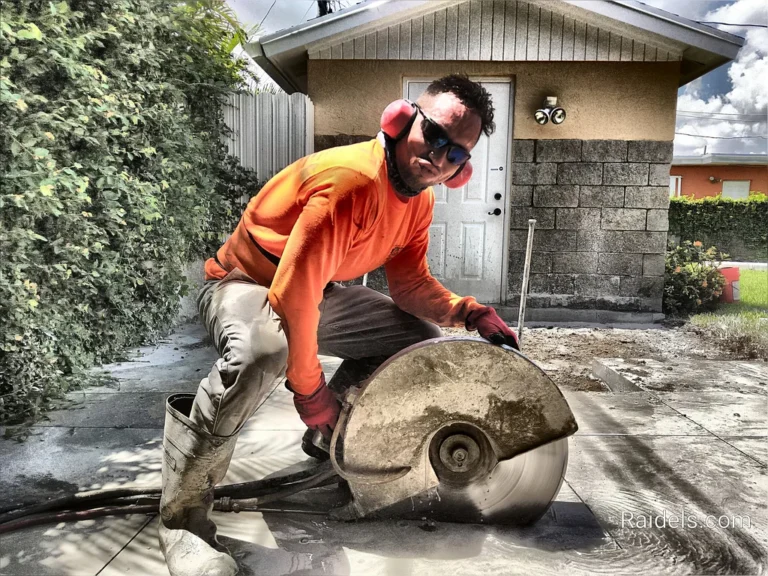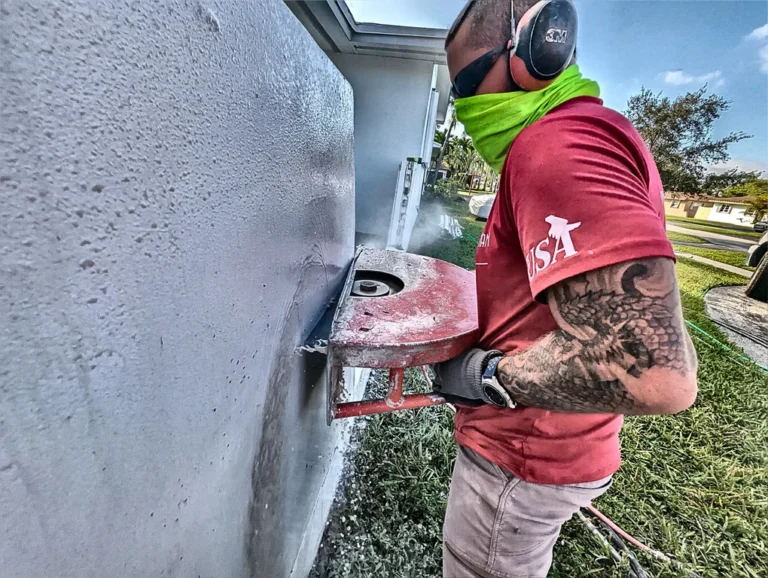One of the most frequent and important questions potential clients ask is: “How much does concrete cutting cost in Miami?” It’s a valid concern, as budgeting accurately is essential for any construction or renovation project, whether residential or commercial. However, providing a simple, flat-rate answer is nearly impossible due to the sheer number of variables involved in each unique job.
Understanding the factors that contribute to the overall price is key to setting realistic expectations and comprehending quotes from professional concrete cutting services. This guide breaks down the primary elements that influence the concrete cutting cost in the Miami area.
Core Factors Determining Concrete Cutting Prices
Think of pricing like assembling building blocks – each element adds to the final structure. Here are the main blocks for concrete cutting costs:
1. Scope and Type of Work
The specific service required is a fundamental cost driver. Different methods involve different equipment, time, and skill levels:
- Slab Sawing (Flat Sawing): Often priced per linear foot, but the rate can vary based on depth and complexity. Cutting a standard residential driveway might have a different rate than concrete slab sawing through a thick, heavily reinforced warehouse floor.
- Wall Sawing: Typically more complex and time-consuming than slab sawing due to setup (track mounting) and vertical/angled work. Creating precise openings for windows or doors (cutting concrete wall for window ) is intricate work. Understanding concrete wall sawing cost involves factors like wall thickness and required precision.
- Core Drilling: Usually priced per hole, with cost influenced by diameter, depth, and the number of holes. Drilling numerous small holes for anchors will differ from drilling large-diameter cores for HVAC systems. Reliable core drilling services ensure accuracy.
- Hand Sawing/Chainsawing: Used for smaller cuts, tight spaces, or detailed work. Pricing might be hourly or based on the specific task (e.g., trimming beams, cutting pipes ). Hydraulic concrete hand saw work might have different considerations.
- Demolition/Removal: If the scope includes not just cutting but also concrete breaking and removal/disposal of debris, this adds significantly to the cost due to labor, equipment (like Bobcats), and disposal fees. Full concrete demolition projects have complex pricing structures.
2. Concrete Thickness and Hardness
It stands to reason: thicker, harder concrete takes longer to cut and causes more wear on diamond blades.
- Thickness: Cutting a standard 4-inch residential slab is faster and less demanding than how to cut through thick concrete, such as an 8-inch, 12-inch, or even thicker industrial floor or structural element. Deeper cuts require larger blades and more powerful saws.
- Hardness (PSI) & Aggregate: Concrete strength (measured in PSI) and the type of aggregate (e.g., river rock vs. limestone) significantly impact cutting speed and blade wear. Harder concrete or abrasive aggregate increases the difficulty and cost.
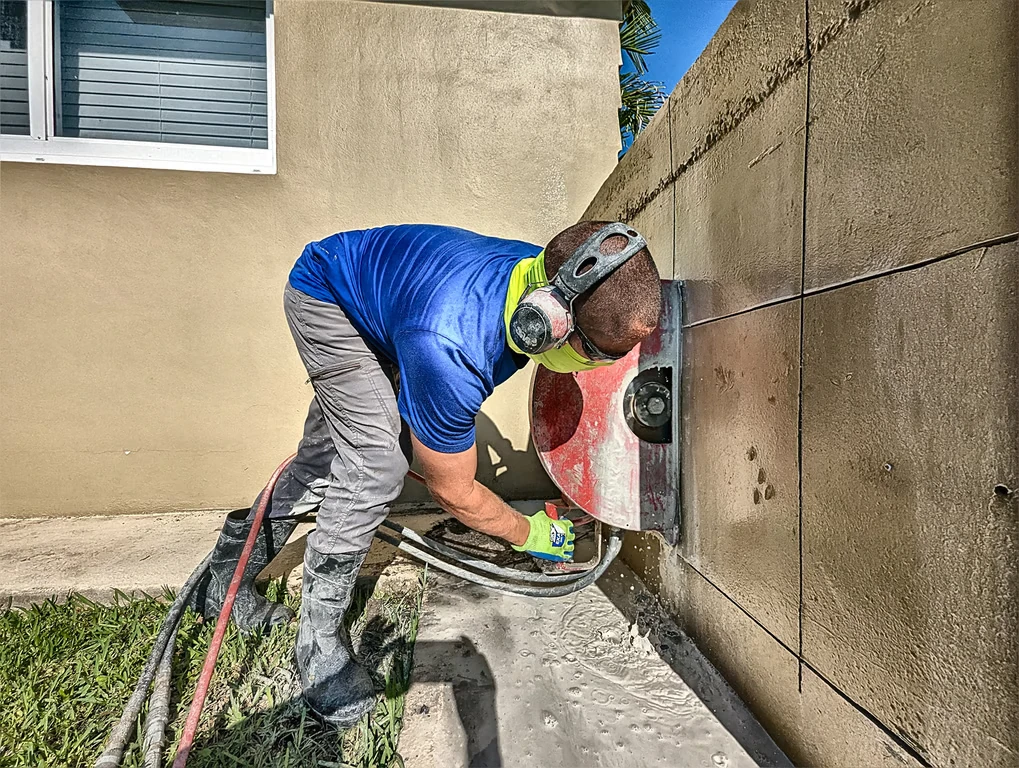
3. Reinforcement (Rebar)
As detailed previously, the presence, density, and size of steel rebar significantly impact cutting.
- Cutting concrete with rebar slows down the process considerably.
- Requires specialized or more durable diamond blades.
- Increases labor time and blade consumption, directly impacting cost.
- Pre-cut scanning (like GPR) to locate rebar adds an upfront cost but can save time and prevent blade damage later.
4. Site Accessibility and Conditions
Getting equipment and personnel to the work area matters.
- Tight Spaces: Working indoors, in basements, or confined areas may necessitate smaller, specialized equipment (like hydraulic hand saws ) and more setup time.
- Remote Locations: Projects in areas like The Florida Keys or harder-to-reach sites may incur travel time costs.
- Obstructions: Working around existing utilities, landscaping, or other obstacles requires extra care and time.
- Elevation: Working at heights (requiring lifts or scaffolding) or below grade increases complexity and cost.
5. Slurry and Debris Management
Wet cutting, the standard method for dust control, creates concrete slurry.
- Containment: Slurry needs to be contained to prevent staining adjacent areas or entering storm drains (environmental regulations in Miami are strict).
- Removal & Disposal: Collecting and disposing of slurry and solid concrete debris involves labor and disposal fees, which vary based on volume and local regulations. Understanding how to handle the removal and disposal of concrete debris is part of the project cost.
6. Equipment and Technology Requirements
The specific tools needed influence the price.
- Standard slab saws vs. specialized wall saws, wire saws, or large-diameter core drills.
- Need for GPR scanning adds cost.
- Requirement for specific power sources (e.g., generators ) if site power is insufficient.
- Use of fume-free electric or hydraulic concrete saw options for indoor work.
7. Project Timeline and Urgency
- Standard Scheduling: Allows for efficient planning and resource allocation.
- Emergency Services: Requiring immediate or after-hours work typically incurs premium rates due to mobilization challenges and overtime pay.
8. Permits and Engineering
- Some projects may require permits from the city or county, adding administrative time and fees.
- Cuts affecting structural elements often necessitate consultation with or plans from a structural engineer, which is an additional cost.
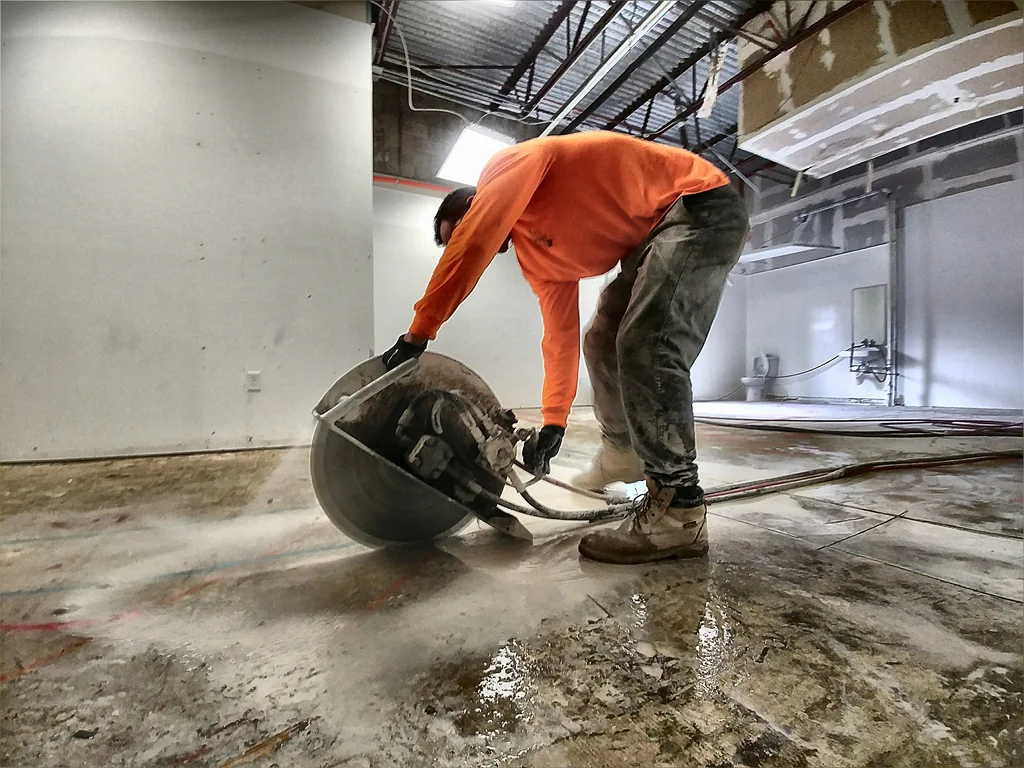
Why Flat Rates Are Rare (and Why Quotes Are Essential)
Given these variables, providing an accurate concrete cutting price per foot or per hour without assessing the specific job is misleading. A simple 4-inch slab cut in an open area with no rebar will cost significantly less per foot than a 12-inch deep cut through heavily reinforced concrete in a confined indoor space.
The best approach is always to:
- Clearly Define Your Project: Know the scope, location, and desired outcome.
- Contact Professionals: Reach out to reputable, contractors.
- Request On-Site Estimates: Allow contractors to visually inspect the site, understand the complexities, and potentially perform test cores or scans if needed.
- Get Detailed Quotes: Ensure quotes clearly outline the scope of work, what’s included (e.g., cutting, removal, disposal), and the factors contributing to the price. Don’t just compare bottom lines; compare what each quote includes. Explore options for cost-effective solutions with your chosen contractor.
By understanding the factors involved, you can have more informed conversations with contractors and better interpret the quotes you receive, ensuring you get fair value and high-quality results for your Miami concrete cutting project.

